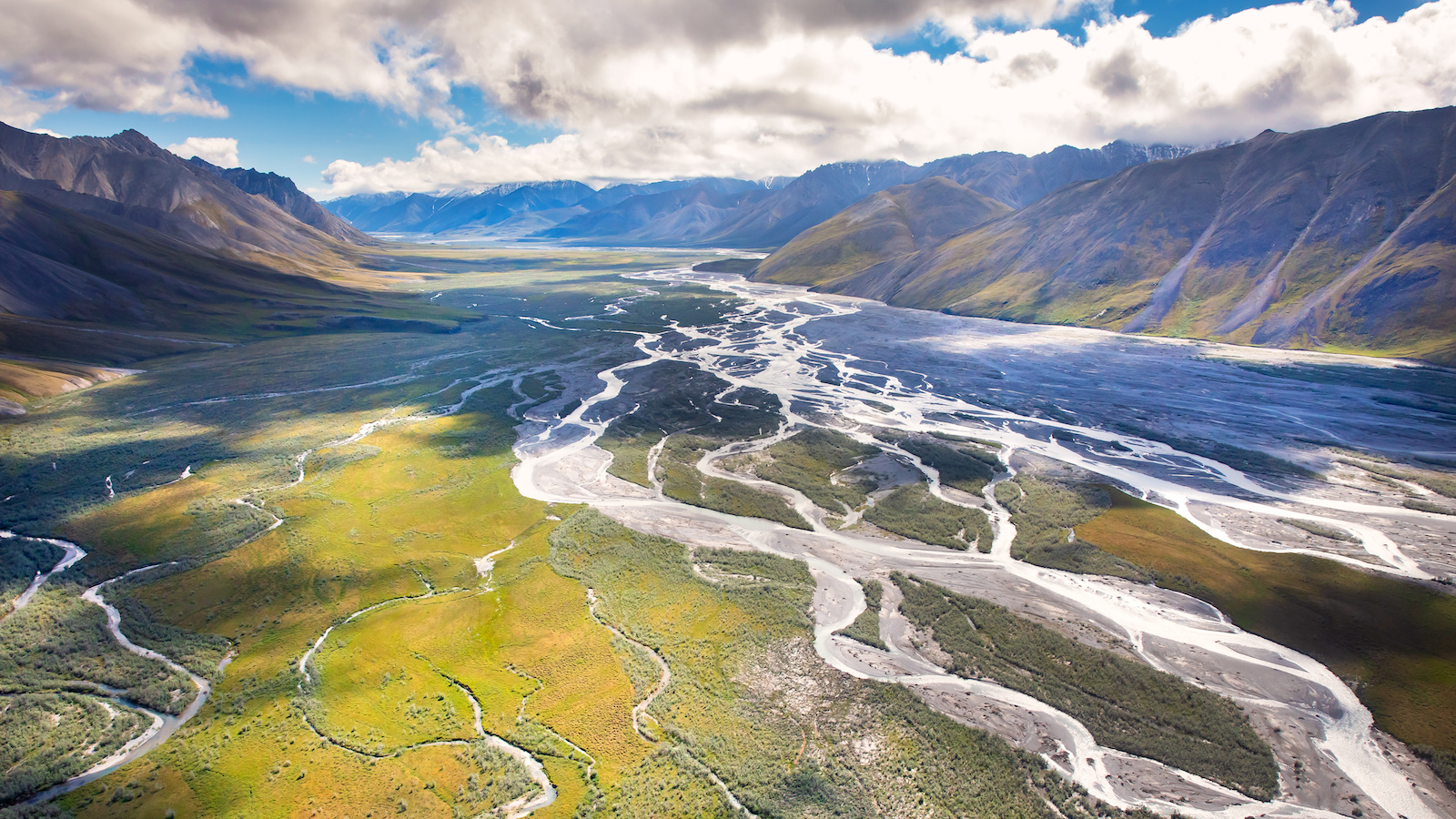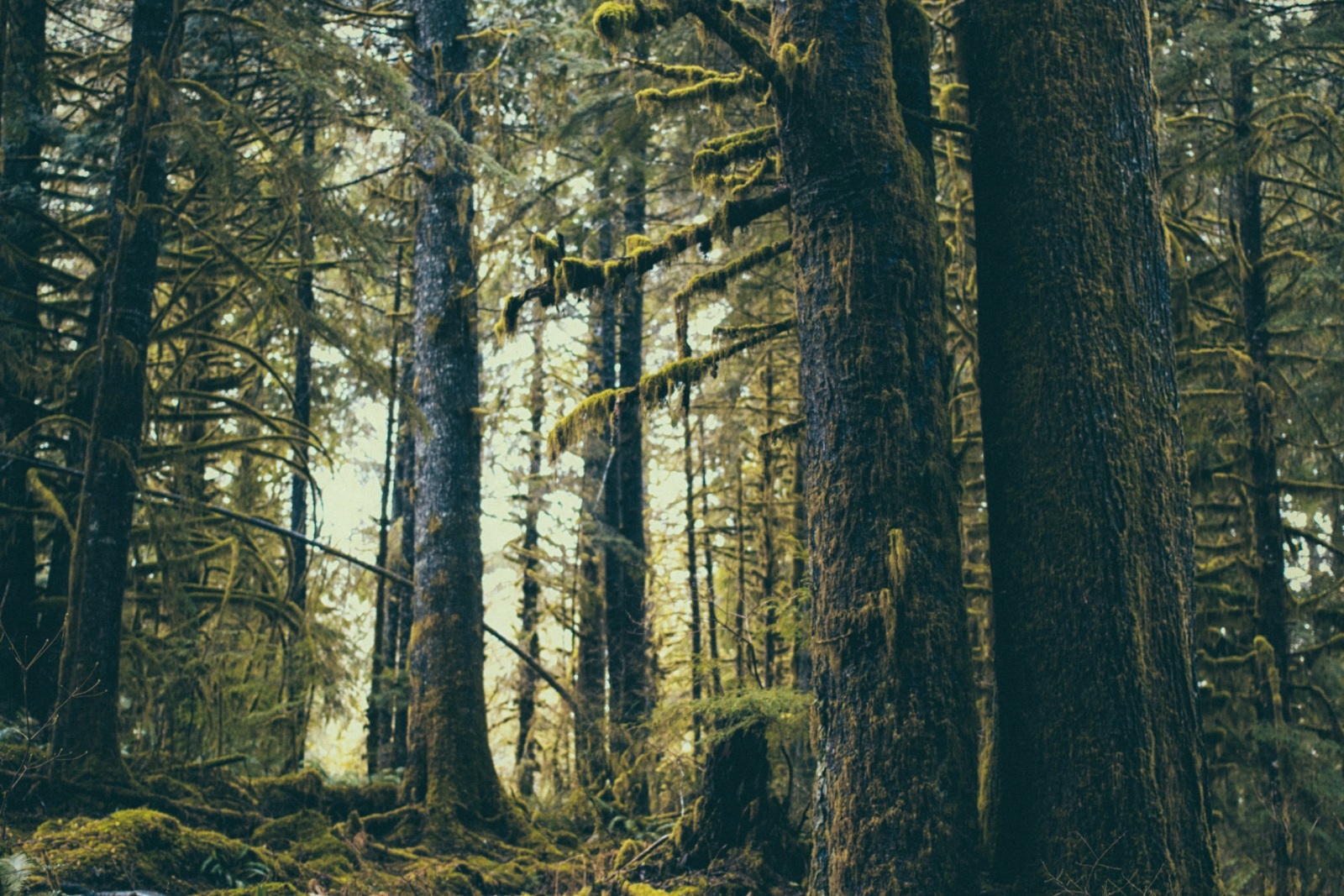
New strip mining operations threaten the Okefenokee
Proposed projects could damage the pristine wetlands ecosystem
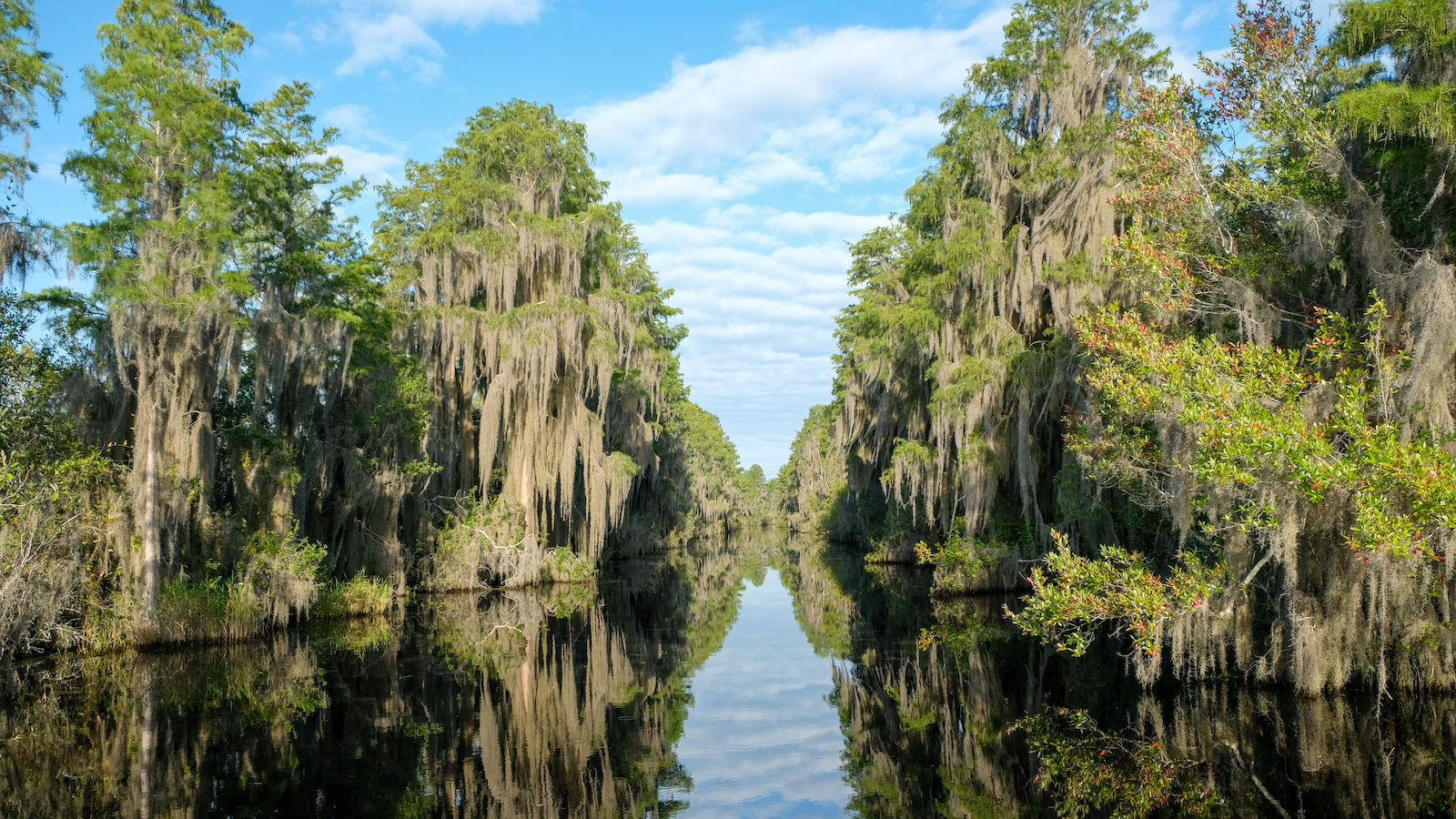
The Okefenokee is teeming with life: cypress trees adorned with veils of long-hanging moss rise above shadowy waters filled with American alligators and wading birds like blue herons. The Okefenokee National Wildlife Refuge is a sprawling wilderness area on the Florida-Georgia border that protects over 630 square miles of biologically rich swamps and waterways.
But that could change if proposed mining at the edge of this wildlife refuge is allowed to move forward.
Imagine: Dump trucks carve deep ruts into once unspoiled wetlands. Giant excavators rip through matted layers of ground-hugging plants. The sound of bellowing alligators is replaced by the industrial hum of the mine’s new processing plant.
The area contains the headwaters of both the Suwannee and the St. Marys river. Within the refuge, the Stephen C. Foster State Park is designated as a rare Gold-tier International Dark Sky Park. Mining next to the Okefenokee National Wildlife Refuge would irrevocably damage this natural treasure. Yet Georgia’s Environmental Protection Division just issued draft permits—bringing the start of strip mining one step closer.
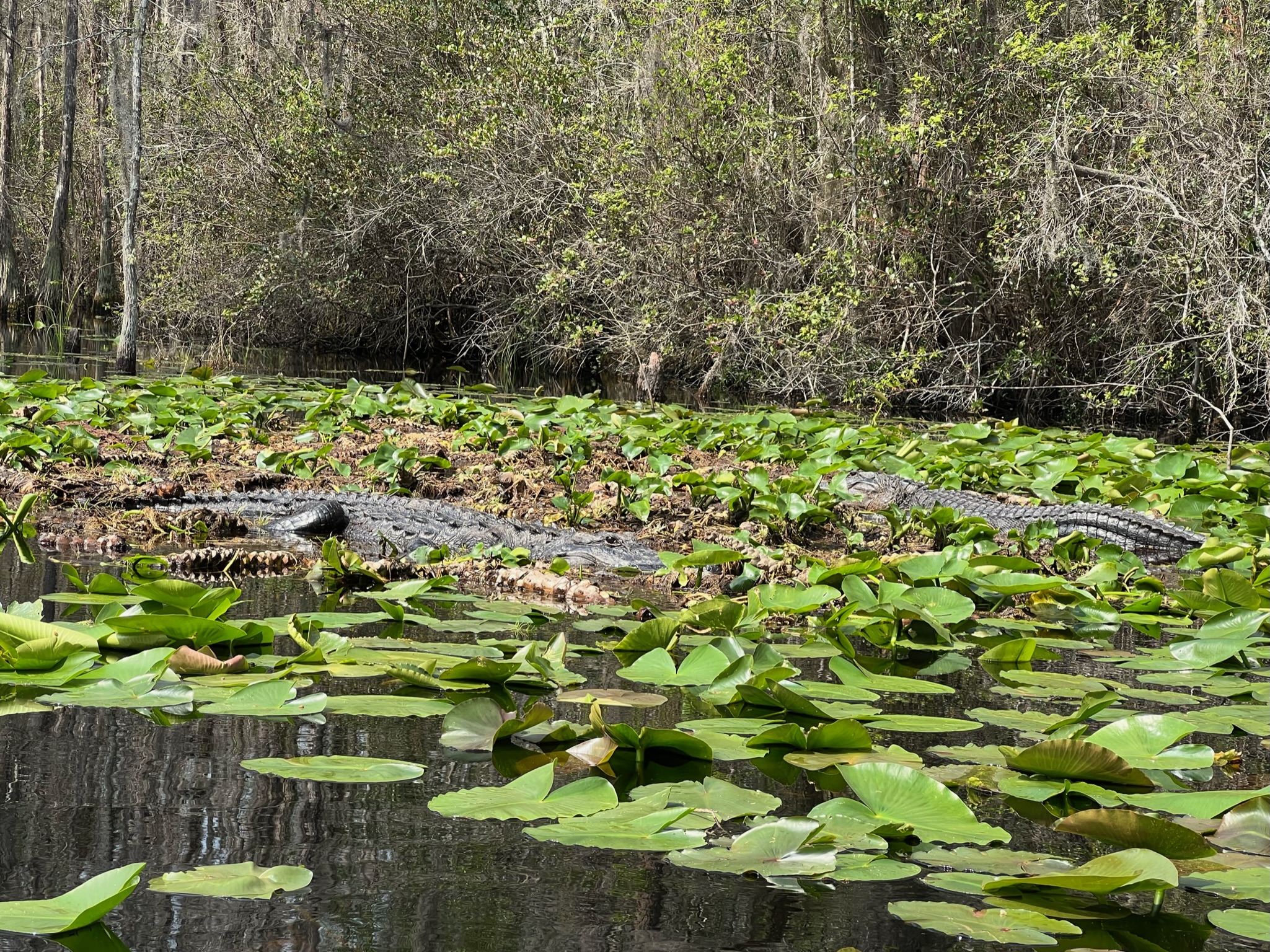
Twin Pines Minerals, an Alabama-based company, is planning to strip-mine titanium and other heavy minerals in a large area bordering Okefenokee National Wildlife Refuge. Mining equipment will dwarf all of the existing vegetation. Habitat that’s been protected for nearly a century will be destroyed. Wildlife will die.
We’ve already lost half of the world’s wetlands in the past century. Wetlands serve as a source of drinking water and protect against the worst consequences of floods and storms. We can’t let the largest backwater swamp in North America be next. If this mine gets the green light, the ecosystem will never be the same:
- It would permanently change the swamp’s hydrology by extracting water from the Floridan aquifer. A mine would impact the flow of water between the swamp and its surrounding waterways.
- It would dry out and potentially drain the entire swamp. The proposed site sits atop a ridge that holds water in the swamp, and digging a mine lower than the level of the swamp itself would lower the water table.
- Many species of wildlife depend on the refuge’s slow-moving waters. Mining operations that increase the flow of water through the Trail Ridge area will accelerate erosion and result in damage to habitats such as that of the gopher tortoise. The gopher tortoise, a threatened keystone species, digs burrows which provide shelter to many other creatures that thrive in the Okefenokee.
With the public comment period closing on April 9, the clock is ticking. We need the entire Environmental Action community to oppose the decision to open up pristine habitat to dirty mining.
Topics
Find Out More

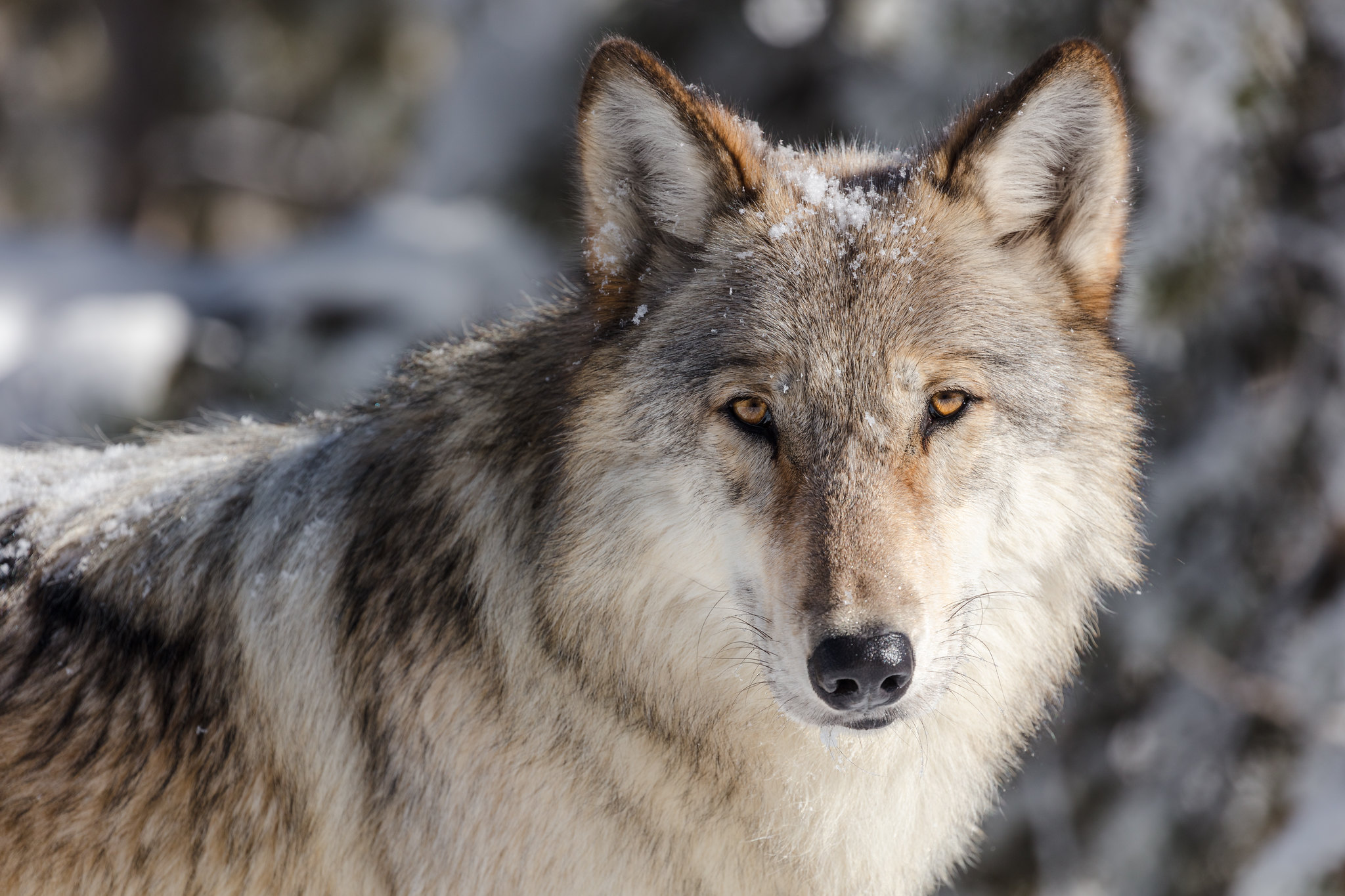
It’s time to end the wolf slaughter in Idaho
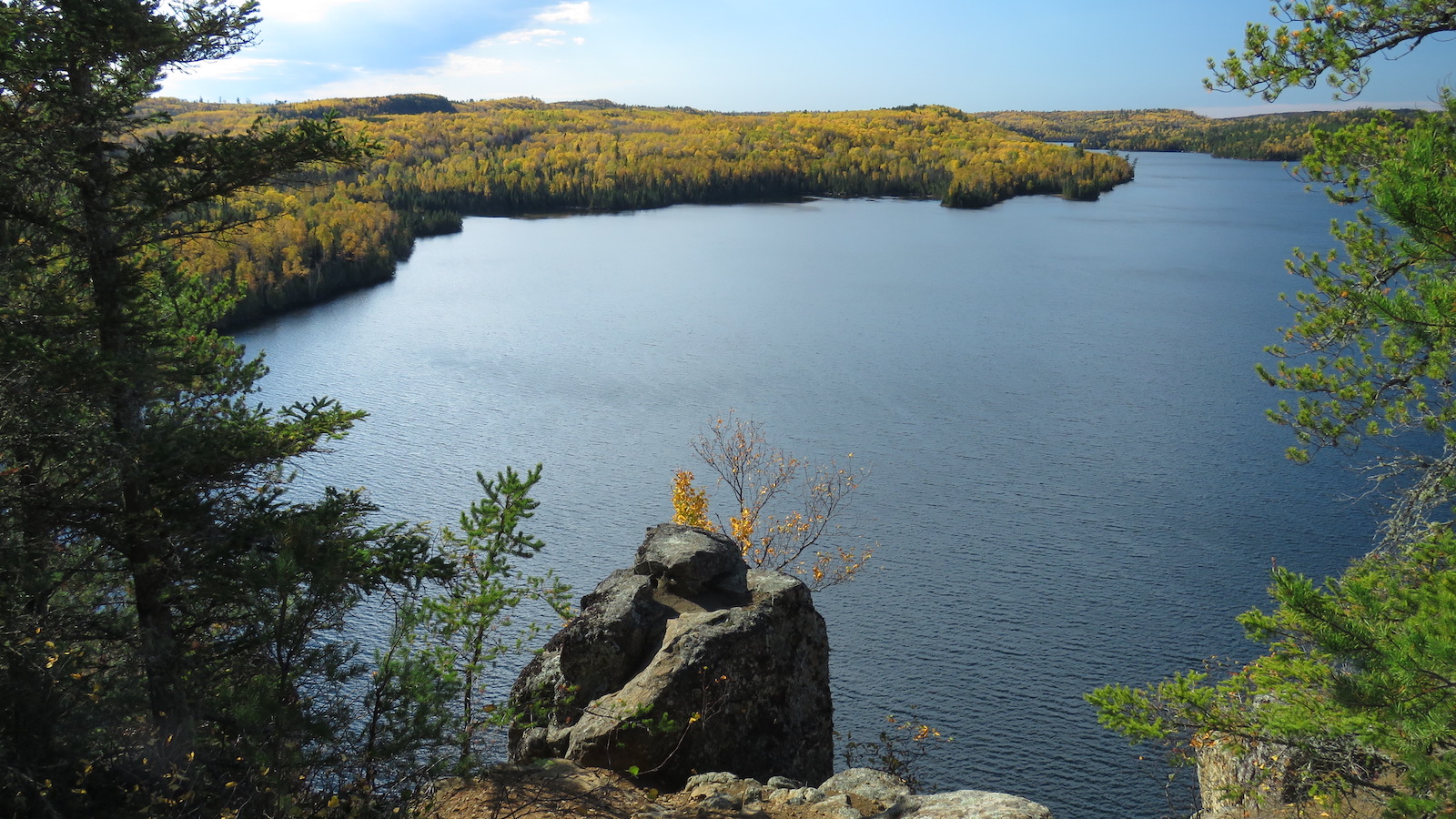
The threat of toxic mining returns to our nation’s most visited wilderness area
